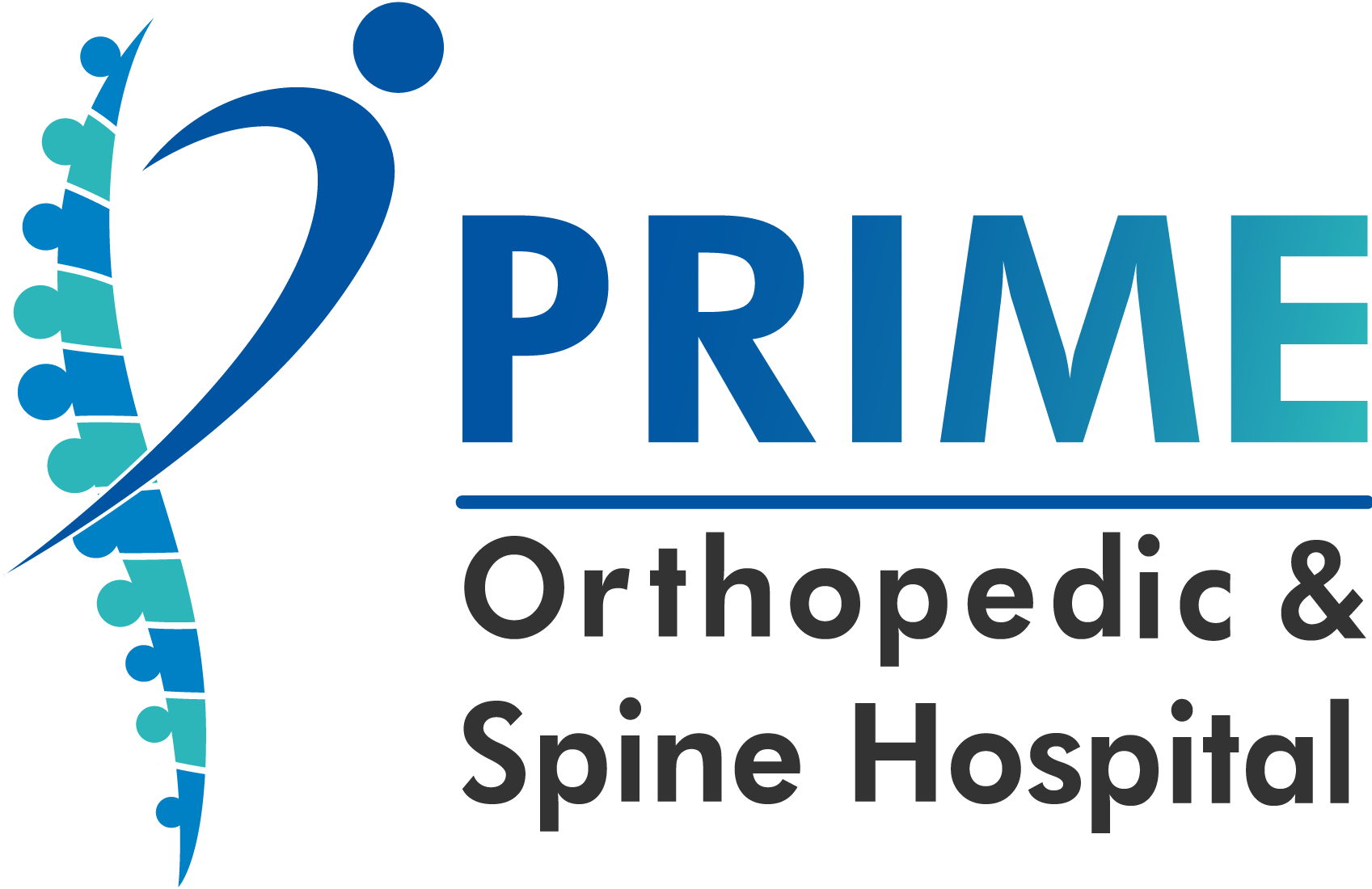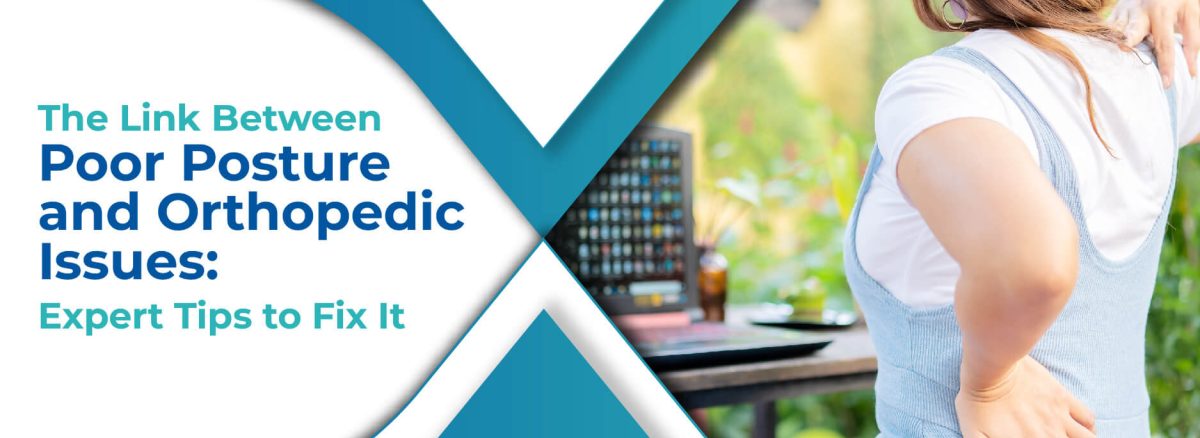
Can you guess what’s wrong with the above picture?
The posture!!!!!
So what difference does it make if a child watches a mobile for a few minutes? (We know this is what you are thinking right now.)
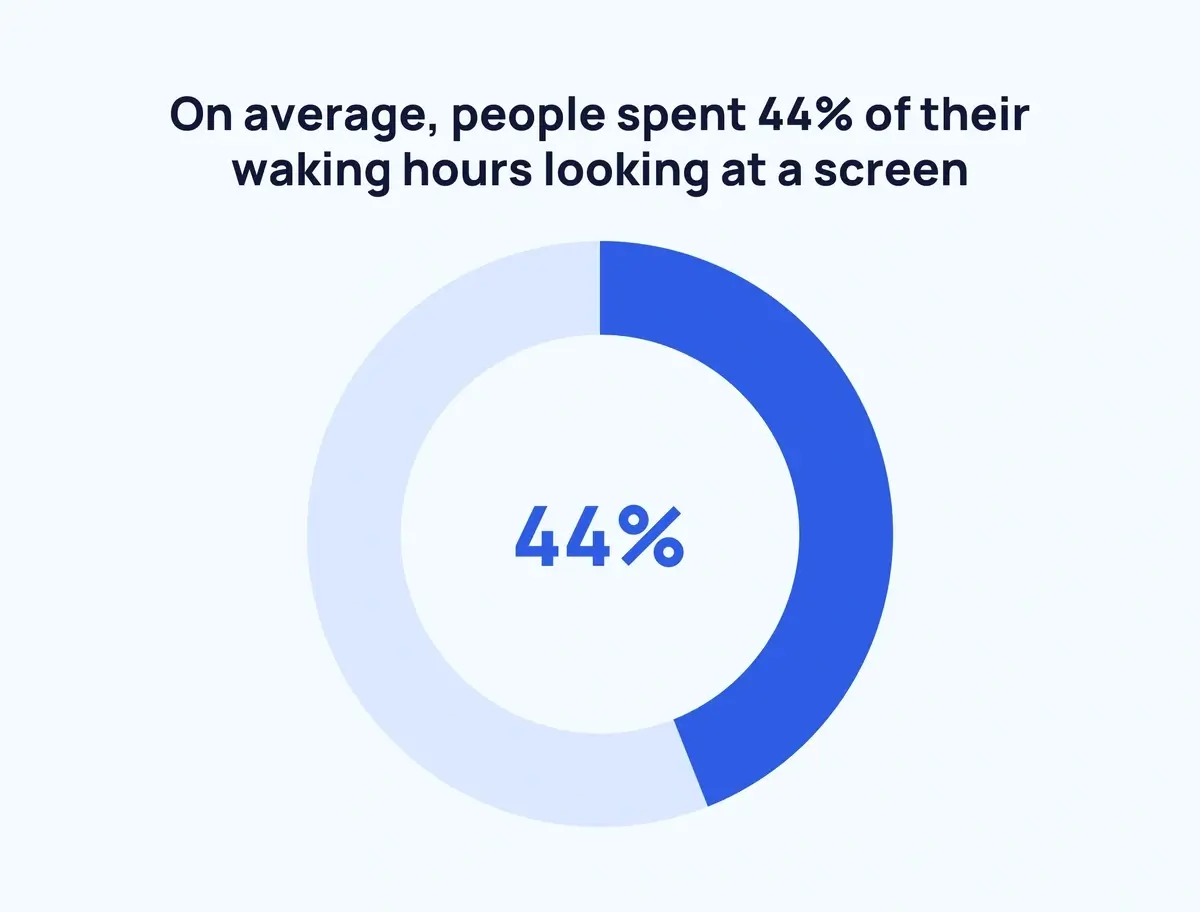
Consider this: if we allow so much screen time with poor posture, will it not affect our body?
Hi! I’m Dr. Rahul Parmar, and I hope to raise your awareness of the importance of posture through this blog. Just by maintaining proper posture, you can stay away from many orthopedic problems.
Working at the bone and joint hospital in Anand, I’ve realized that many orthopedic problems crop up just because of bad posture.
Through this blog, I/we intend to guide you regarding:
- Benefits of good posture
- Orthopedic diseases that can arise due to bad posture
- Tips to correct your posture
Let’s dive in!
Overview
People feel that correct posture is essential only while sitting, but the fact is that you need to pay attention to posture while standing and sleeping too! Because the way you stand has an impact on your spine, and the way you sleep affects your neck and spine.
What is the wrong posture?
First of all, it is necessary to understand what constitutes a wrong posture. Rather than just words, look at the below image. It will give you an idea of proper posture. At our spine centre, it is our honest effort to raise awareness about orthopedic diseases rather than letting them occur and then curing them.
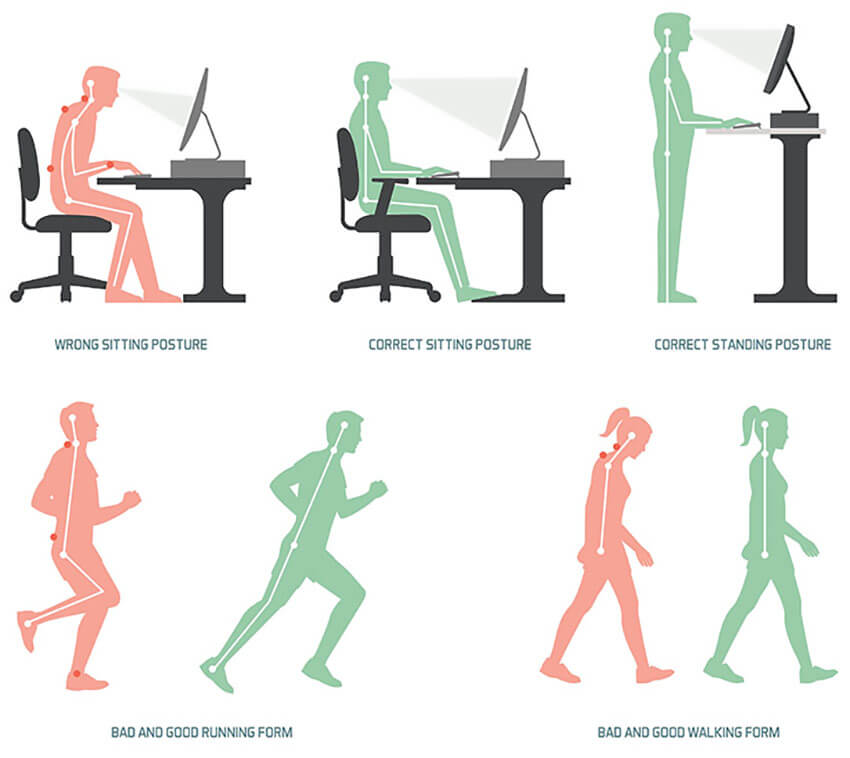
Now that you know what the correct posture is, let us turn our discussion to the benefits of good posture.
What are the benefits of good posture?
Good posture offers benefits not only to the bones and spine, it has benefits that affect other body parts too. Let’s dive in deeper to know more!
Benefits for the Spine and Bones
Proper posture reduces TMJ pain:
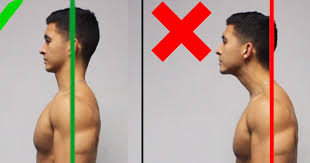
For every inch that your head bends forward, it increases the weight of your head by approximately 4.5 kg. This is because it exerts pressure on your spine.
The average human head weighs approximately 5 kg and is balanced on just 7 vertebrae in the neck and 20 muscles that help it move.
As a spine centre, we advise our patients to keep their ears and shoulders aligned. This goes a long way in reducing the strain on the mandibular joint. If the mandibular joint is strained, you will experience pain while eating, talking, or yawning.
If you want to avoid it, turn your head to stretch the neck muscles and feel relieved.
Improves core strength:
Proper posture improves the strength of the core muscles. Core muscles include the pelvis, lower back, and stomach.
Reduces tension in the head and neck:
When our head leans forward, it puts pressure on the shoulders, neck, and upper back. Keeping good posture is definitely important, but every day you should lean backwards to stretch the muscles and reduce the pain.
Reduces the likelihood of abnormal joint wear and tear:
Have you ever noticed that when we put pressure on one leg while standing and lean on one side, then it begins to pain in the hip region? I guess you might have experienced it frequently while travelling, especially!
Sitting or standing in a crooked position creates pressure on one side of the body and, as a result, leads to pain. If this position is repeated frequently, it causes wear and tear of the joint.
Want a piece of advice from the best spine centre?
Here it is!
To avoid it, either correct your posture while standing or change your position frequently.
Secondly, while sitting, you should keep a towel or cushion under your hips to support the natural lumbar curve.
Reduces low back pain:
We’ve been working as a bone hospital for quite some time now. There’s a peculiar behaviour that we noticed in some patients who have low back pain.
Sitting or standing in a slouched position causes stress on the lower back. Slouched positions create stress on the posterior structures of the spine. As a result, it leads to pain.
Some of you might argue that it is not possible to sit straight for a long period of time.
You are right…
But, my dear friends, there’s a way out.
Keep changing your positions every half an hour. At first, it will be tiring. Thanks to technology, you can set up alarms on your phone to correct your posture every 30 minutes.
As a bone and joint hospital, we advise our patients to stay aware of their posture if they want to avoid hardships later, like wearing a back belt, getting operated on, or getting injections.
Decreases tension on the muscles:

Tension headaches have nothing to do with “tensions” that you have! We are talking about the tensions that are caused by the pressure on the neck and scalp muscles.
Pressure on neck or scalp muscles causes them to become tense or contract. A tension headache is characterized by a pain that starts in the neck and radiates to the head.
Wrong posture is one of the causes of tension headaches. Other causes, aside from posture, include stress, alcohol, dental problems, eye strain, dry eyes, fatigue, smoking, colds and flu, sinus infections, caffeine, a lack of sleep, and skipping meals1.
Reduces tension on muscles:
Improper posture contributes to pressure on the neck and results in pain. It can also be caused by arthritis, disc degeneration, narrowing of the spinal canal, muscle inflammation, strain, or trauma.
However, as a bone and joint hospital, the primary reason is generally bad posture. In extreme cases, you need to investigate.
Other Benefits of maintaining proper posture include:
Improves digestion and circulation:
Poor posture compresses the organs of the body. This leads to decreased blood circulation and further complications.
Decreased Lung Capacity:
Poor posture can compress the lungs and decrease their capacity2. When we sit or stand straight, the lungs are able to perform at full capacity. To increase the capacity of your lungs, you should try to do exercises, yoga, and pranayam.
You can also do the exercise suggested by our physiotherapists.
That is-
Lock your hands at the back, keep your feet at one hand’s distance from one another, and breathe to the fullest. Do this for 20 to 30 seconds. This can help to stretch the pectoral muscles and facilitate lung expansion.
Improves Digestion:
Proper posture helps in the digestion process, too. If food is digested properly, many diseases can be avoided. According to a study by Harvard Health3, “slouching puts pressure on the abdomen, which can force stomach acid in the wrong direction.”
After having learned about the benefits we get from maintaining good posture, let’s now turn our attention to the fact that orthopedic diseases can occur due to bad posture.
Orthopedic diseases that can arise due to bad posture
Bad postures can cause orthopedic diseases. As a bone and spine hospital, it is our honest advice to pay attention to your diet, sleep and posture, if you wish to stay away from orthopedic problems.
Problems which may arise because of bad posture include:
- Neck pain: Neck pain and headaches are common problems due to posture.
- Back pain:As discussed earlier, back pain can arise because of bad posture.
- Shoulder impingement:It occurs if muscles in the shoulder are damaged. Frequent repeated motions of shoulder or wrong posture for a long duration of time can lead to shoulder impingement.
- Scoliosis: A condition characterized by an abnormal curvature of the spine.
- Osteoporosis:It is a condition that weakens the bones. Bones become so weak that they can break at the simplest instance.
- Kyphosis: An excessive curvature of the upper spine, causing a hunchback appearance
- Headaches: Poor posture can lead to tension headaches, especially if the head is held in an forward or tilted position for extended periods of time
- Wrist pain: Poor posture can cause the wrists to be held in an awkward position, leading to pain and discomfort
- Hip pain: Poor posture can cause one side of the body to bear more weight, leading to strain on the hip joints and resulting in pain
- Knee pain: Poor posture can cause misalignment of the legs and knees, leading to pain and discomfort.
Visiting a bone and spine is a must in case of constant pain. However, here are a few tips you can practise to correct posture.
Tips to improve posture
- Stand straight: Always try to stand straight. If you become a little aware about your standing position then this will automatically happen.
- Distribute work equally on both feet. Never put pressure on one side of your body.
- Exercise your core muscles by pulling your belly button towards your spine.
- Use a lumbar roll or cushion to support the natural curve of your lower back while sitting.
- Avoid crossing your legs when sitting, as it can strain your back and hips.
- Use a chair with good lumbar support and adjust it so that your feet are flat on the floor and your knees are level with or slightly lower than your hips.
- Hold your phone at eye level to avoid straining your neck when texting or reading.
- Avoid wearing high heels, as they can alter your natural gait and cause back and foot pain.
- Consult a physiotherapist if you experience chronic pain.
Conclusion:
It is important to maintain good posture in order to prevent a range of orthopedic problems and to enjoy the various benefits it can offer for the spine and bones, as well as other parts of the body.
Poor posture can lead to issues such as scoliosis, osteoporosis, and kyphosis, and can also cause pain in the jaw, neck, and lower back.
By following simple tips such as standing up straight, engaging core muscles, taking breaks to walk and stretch, and using proper ergonomic support when sitting, it is possible to improve posture and reduce the risk of orthopedic issues.
If you are experiencing chronic pain or poor posture, it may be helpful to seek guidance from a physical therapist or bone and spine hospital. By taking steps to improve posture, you can enjoy better overall health and well-being.
About Dr Rahul Parmar:
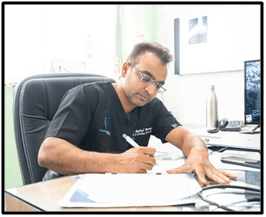
Dr Rahul Parmar completed his studies as an M.S. Orthopedic surgeon, passed in 2013 from Rajkot Civil Hospital and subsequently pursued a Fellowship in Spine (F.I.S.S). He has performed numerous surgeries on the Spine, knees, and hips. Dr. also made time to attend national and international conferences and present papers worldwide in October 2012, in addition to his regular practice of Orthopedics. He has extensive trauma and spine surgery experience. He is also working as an assistant professor of orthopaedics at Karamsad Medical College.
